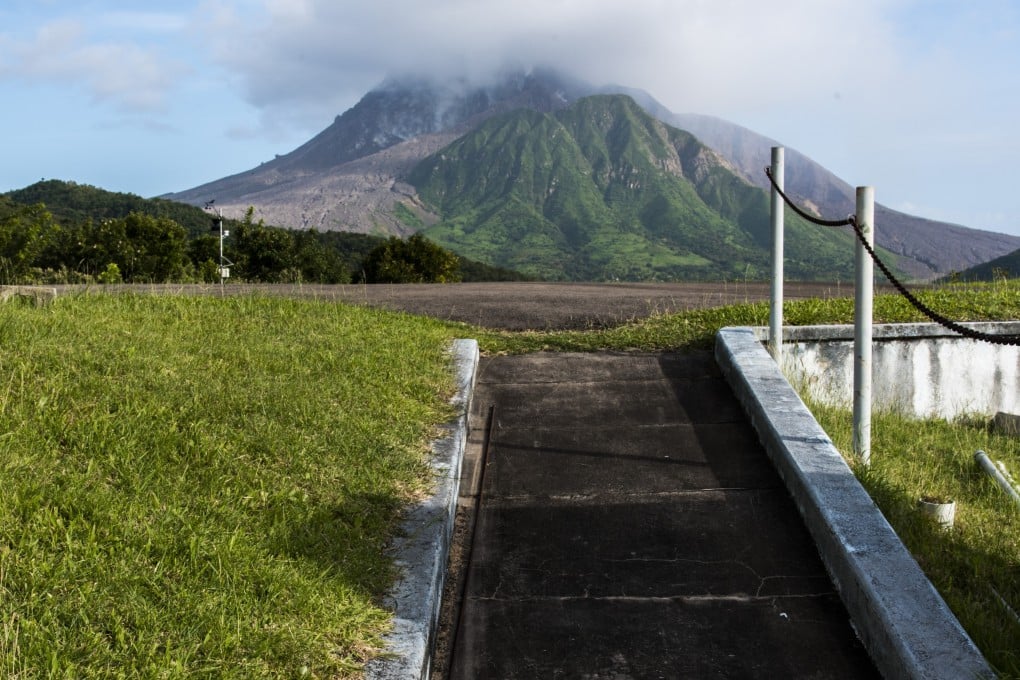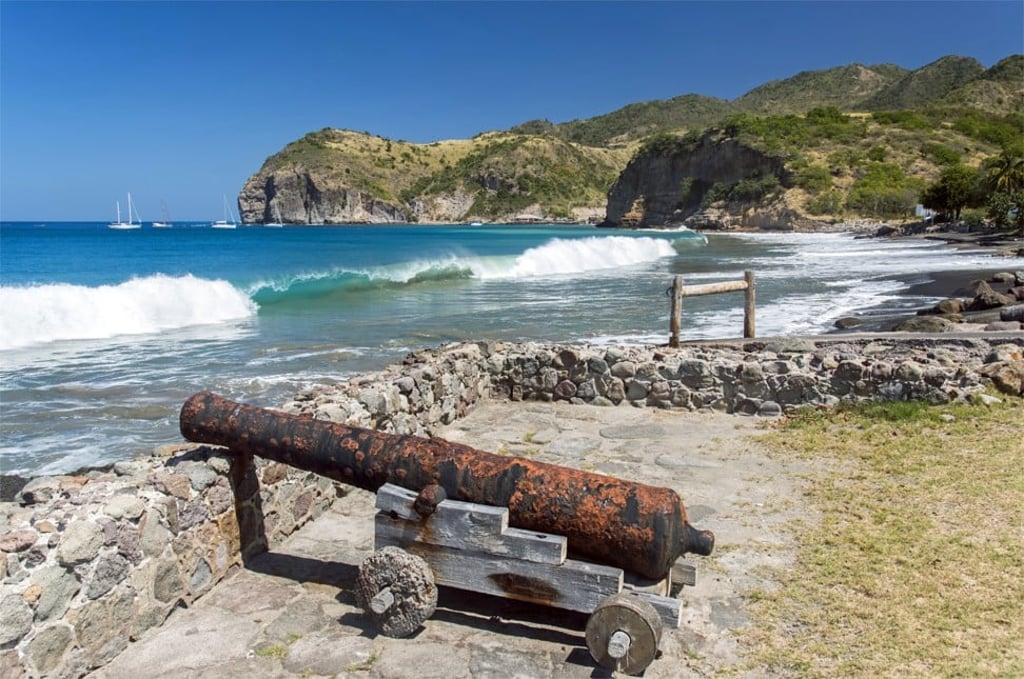Montserrat: the ‘Caribbean Pompeii’ where the Rolling Stones recorded hopes to rise from its volcanic ashes
Once a playground for the Police, Michael Jackson and Stevie Wonder, the island has lost some surface area but none of its charm after eruptions in the mid 1990s left much of it abandoned

The British Overseas Territory used to be 16km from end to end, but not any more. Dormant for more than three centuries, the Soufrière Hills Volcano erupted in July 1995, propelling plumes of smoke many kilometres into the air, destroying homes and livelihoods, and prompting the evacuation of 5,000 residents.
Eruptions continued, culminating in a massive flow in August 1997 that incinerated everything in its path and buried the former capital, Plymouth, under metres of scalding mud and superheated ash. The southern half of the island was declared an exclusion zone and is still unsafe to visit, except on brief tours. Today, the accessible part of Montserrat is about 11km long.
But where others might throw in the towel, the tourist office is busy plotting ways of turning ash into cash. The problem is, few people even realise the “Caribbean Pompeii” is open for business. That’s all about to change, however. According to the recently published Montserrat Tourism Strategy 2019-2022 document, plans are afoot to “explore and exploit the volcano value chain”. There’s talk of changing the name of the island’s most famous attraction to the Montserrat Volcano and dedicating a national holiday to it.

Another cataclysmic eruption is just one of many hazards that come with living in what’s left of paradise. Hurricanes visit infrequently but can be lethal when they do. Signs warn Montserratians what to do in the event of an earthquake and subsequent tsunami, and village shops display dog-eared dengue fever notices in windows, although the island is currently free of the mosquito-borne disease.